Danish King's Garden
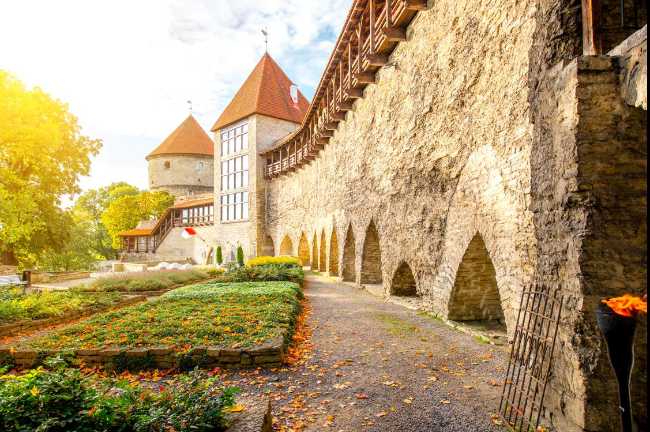
Tucked beneath the medieval walls of Toompea Hill, the Danish King’s Garden is a tranquil green space steeped in legend and history. According to folklore, this is where the Danish flag, the Dannebrog, miraculously descended from the sky during the Battle of Lyndanisse in 1219, turning the tide in favour of King Valdemar II. This event is commemorated by the sculpture “Tuli lipp” (“The Flag Descended”) and celebrated annually on June 15th. The garden’s name reflects the century-long Danish rule over Tallinn and Northern Estonia. Today, the site features atmospheric sculptures of hooded monks, a small chapel, and panoramic views over the lower town. Once a bustling market area, it has evolved into a peaceful retreat that blends natural beauty with myth and memory. With its layered past and evocative setting, the Danish King’s Garden offers visitors a quiet yet powerful connection to Tallinn’s medieval roots and the enduring legacy of its northern neighbours.
Tallinn EstoniaDanish King's Garden (Taani kuninga aed) is located on the slope of Toompea Hill, just beside the medieval city wall and facing St. Nicholas Church in Tallinn’s Old Town. This tranquil, historic park is steeped in legend as the birthplace of the Danish flag, Dannebrog, said to have descended from the sky during the Danish invasion of 1219, a moment commemorated by the striking ‘Tuli lipp’ sculpture. The garden is adorned with sculptures of three monks, a light installation, and informative displays on the city wall, offering a peaceful retreat with a touch of medieval mystery. Nearby, visitors can explore the imposing Toompea Castle, the Kiek in de Kök Fortification Museum, and the scenic viewpoints overlooking Tallinn’s red rooftops. The garden is also a short walk from Alexander Nevsky Cathedral and the heart of Old Town, making it an ideal stop for those interested in Tallinn’s rich history and legends.
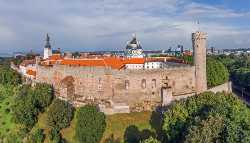 Toompea Castle
Tallinn
Toompea Castle
Tallinn
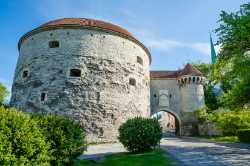 Fat Margaret Tower
Tallinn
Fat Margaret Tower
Tallinn
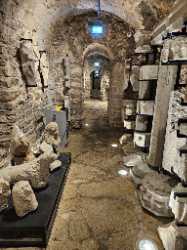 Kiek in de Kök & Bastion Tunnels
Tallinn
Kiek in de Kök & Bastion Tunnels
Tallinn
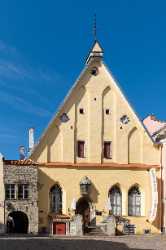 Estonian History Museum
Tallinn
Estonian History Museum
Tallinn
 Kumu Art Museum
Tallinn
Kumu Art Museum
Tallinn
 Vabamu Museum of Occupations and Freedom
Tallinn
Vabamu Museum of Occupations and Freedom
Tallinn
 Estonian Maritime Museum
Tallinn
Estonian Maritime Museum
Tallinn
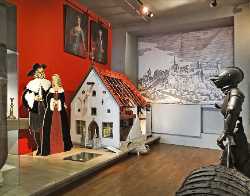 Tallinn City Museum
Tallinn
Tallinn City Museum
Tallinn
 Children’s Museum Miiamilla
Tallinn
Children’s Museum Miiamilla
Tallinn
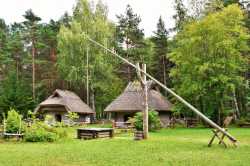 Estonian Open Air Museum
Tallinn
Estonian Open Air Museum
Tallinn
 Estonian National Opera
Tallinn
Estonian National Opera
Tallinn
 Russian Theatre
Tallinn
Russian Theatre
Tallinn
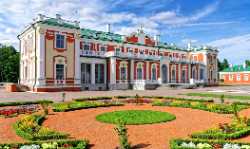 Kadriorg Art Museum
Tallinn
Kadriorg Art Museum
Tallinn
 Contemporary Art Museum of Estonia
Tallinn
Contemporary Art Museum of Estonia
Tallinn
 Draakoni Gallery
Tallinn
Draakoni Gallery
Tallinn
 Tallinn Art Hall
Tallinn
Tallinn Art Hall
Tallinn
 Kadriorg Palace
Tallinn
Kadriorg Palace
Tallinn
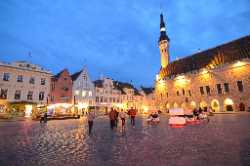 Town Hall Square
Tallinn
Town Hall Square
Tallinn
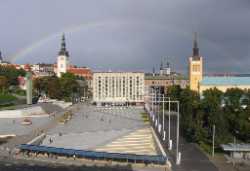 Freedom Square
Tallinn
Freedom Square
Tallinn
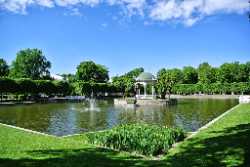 Kadriorg Park
Tallinn
Kadriorg Park
Tallinn
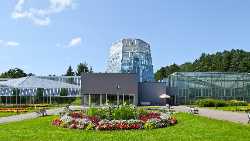 Botanic Garden of Tallinn
Tallinn
Botanic Garden of Tallinn
Tallinn
 Balti Jaama Turg
Tallinn
Balti Jaama Turg
Tallinn
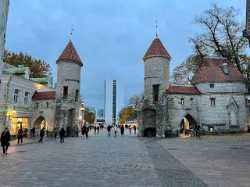 Viru Street
Tallinn
Viru Street
Tallinn
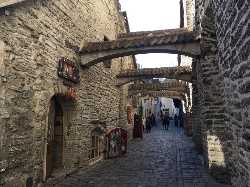 St. Catherine’s Passage
Tallinn
St. Catherine’s Passage
Tallinn
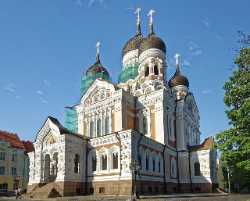 Alexander Nevsky Cathedral
Tallinn
Alexander Nevsky Cathedral
Tallinn
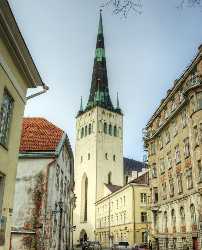 St. Olaf’s Church
Tallinn
St. Olaf’s Church
Tallinn
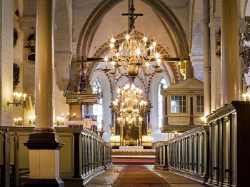 St. Mary’s Cathedral
Tallinn
St. Mary’s Cathedral
Tallinn
 Tallinn Old Town
Tallinn
Tallinn Old Town
Tallinn
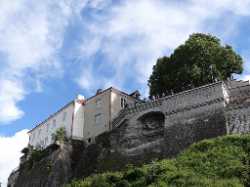 Patkuli Viewing Platform
Tallinn
Patkuli Viewing Platform
Tallinn
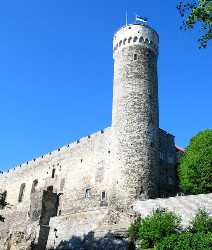 Pikk Hermann Tower
Tallinn
Pikk Hermann Tower
Tallinn
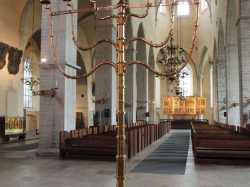 Niguliste Museum
Tallinn
Niguliste Museum
Tallinn
 Estonian Museum of Applied Art and Design
Tallinn
Estonian Museum of Applied Art and Design
Tallinn
 Estonian Museum of Natural History
Tallinn
Estonian Museum of Natural History
Tallinn
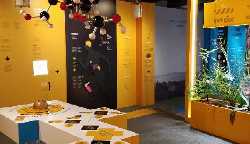 Estonian Health Museum
Tallinn
Estonian Health Museum
Tallinn
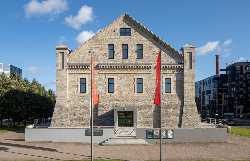 Estonian Museum of Architecture
Tallinn
Estonian Museum of Architecture
Tallinn
 Seaplane Harbour
Tallinn
Seaplane Harbour
Tallinn
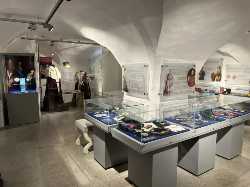 Tallinn Museum of Orders of Knighthood
Tallinn
Tallinn Museum of Orders of Knighthood
Tallinn
 Chocolala Chocolate Museum
Tallinn
Chocolala Chocolate Museum
Tallinn
 Design & Architecture Gallery
Tallinn
Design & Architecture Gallery
Tallinn
 Haus Gallery
Tallinn
Haus Gallery
Tallinn
 Rataskaevu 6 Art
Tallinn
Rataskaevu 6 Art
Tallinn
 ArtDepoo Gallery
Tallinn
ArtDepoo Gallery
Tallinn
 Telliskivi Creative City
Tallinn
Telliskivi Creative City
Tallinn
 Vaal Gallery
Tallinn
Vaal Gallery
Tallinn
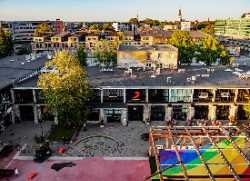 Telliskivi Creative City’s Gallery
Tallinn
Telliskivi Creative City’s Gallery
Tallinn
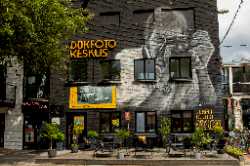 Juhan Kuus Documentary Photography Centre
Tallinn
Juhan Kuus Documentary Photography Centre
Tallinn
 Temnikova & Kasela Gallery
Tallinn
Temnikova & Kasela Gallery
Tallinn
 Tütar Gallery
Tallinn
Tütar Gallery
Tallinn
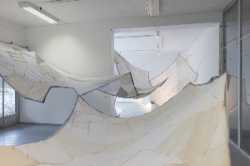 Uus Rada Gallery
Tallinn
Uus Rada Gallery
Tallinn